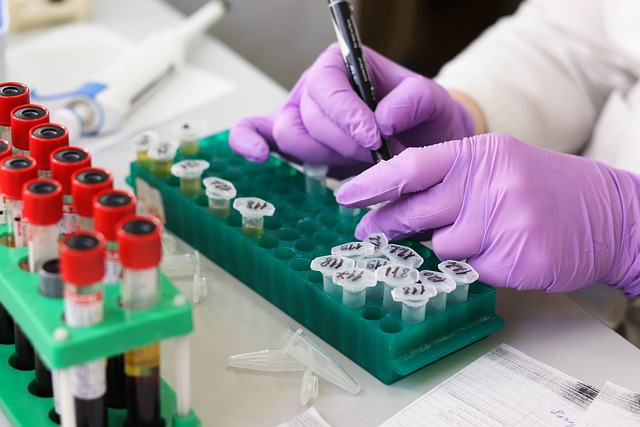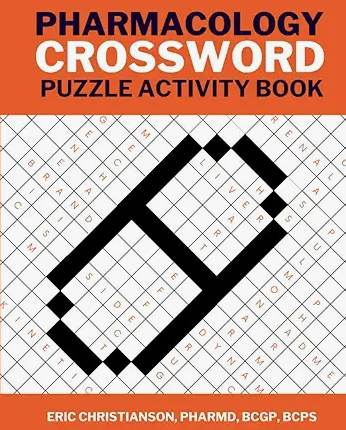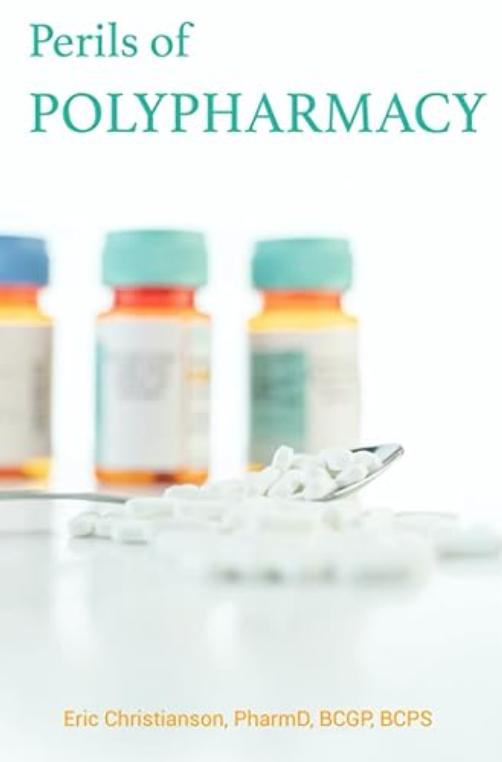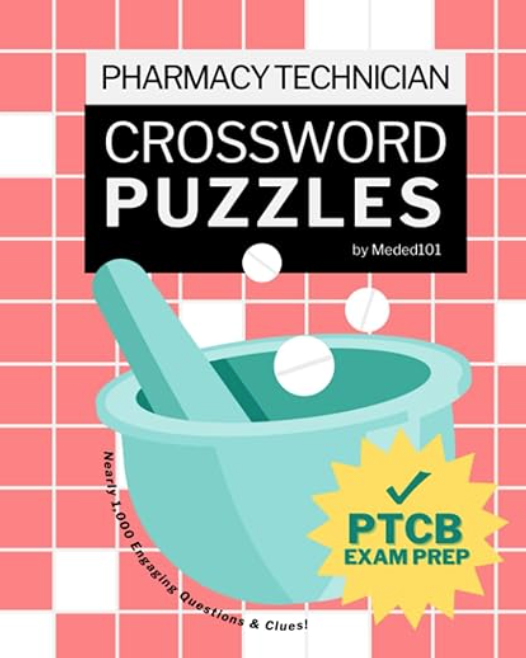Carbamazepine auto-induction is a popular Board Exam question and is a term I learned in pharmacy school but I never remember being taught what that means clinically and how to monitor the auto-induction period effectively.
Indications Matter
I want to discuss indications first and foremost. There are recommended drug concentrations when carbamazepine is being used for antiepileptic and bipolar purposes. It is recommended to target drug levels of 4-12 mcg/mL. On occasion, I have seen carbamazepine used for trigeminal neuralgia. Trigeminal neuralgia involves shooting, electric shock-like pain in the facial region. This is a subjective condition and we want to use the minimum effective dose. Therefore, in this condition drug levels are less critical unless there is evidence of toxicity.
Carbamazepine Auto-Induction Timing
Let’s review an example. If we are using carbamazepine for seizure disorder and looking to target a level of 4 to 12 mcg/mL we need to monitor levels early in therapy. The auto-induction phase takes 3-5 weeks for most patients (see package insert information below). What you would want to do is assess levels as the dose is escalating and then before and after the auto-induction period.
“Because Tegretol induces its own metabolism, the half-life is also variable. Autoinduction is completed after 3 to 5 weeks of a fixed dosing regimen. Initial half-life values range from 25 to 65 hours, decreasing to 12 to 17 hours on repeated doses.” – FDA Tegretol Package Insert
Auto-Induction Monitoring
If things are going smoothly with initiation, the Uptodate authors suggest drug levels at three, six, and nine weeks. This seems like a reasonable approach to adequately gauge levels before and after the auto-induction period. Treatment failure is more likely as auto-induction leads to lower drug levels. I would add that levels should be assessed more frequently in the event of treatment failure, reported non-adherence, or signs of toxicity. It is also critical to remember to closely assess patient adherence as this could falsely lead you astray in determining what effect auto-induction has on drug levels.
- 30 medication mistakes PDF
- 18+ Page Drug Interaction PDF
- 10 Commandments of Polypharmacy Webinar based on my experiences in clinical practice









0 Comments